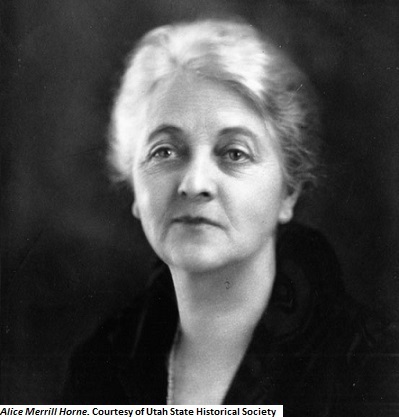Dublin Core
Title
Description
Utah was the first state in the nation to establish state arts support!
In 1965, Congress established the National Endowment for the Arts to support arts organizations and artists throughout the nation. Part of its mandate was to give funds to any state that had an arts agency. At that time, only two states had such agencies—New York, whose Council on the Arts was five years old, and Utah, whose Utah State Institute of Fine Arts was an incredible sixty-six years old, having been established by the state legislature in 1899. It was the only state-funded arts organization of its kind in the country for more than six decades, an indicator of the importance Utahns have historically placed on artistic endeavors.
One of the early activities of the Art Institute was presenting an annual art exhibit. The organization’s constitution stated that “such exhibit shall include paintings, sculpture, drawings, carvings, pottery, tiling, cabinet work, wrought metal designs, architectural drawings, exhibits of silks and other textile fabrics, and such hand work and manufactures as in the judgment of the Art Institute shall tend to elevate the standard of beauty and value of home manufactures.” In its first year, the Institute also sent lecturers around the state to speak on such topics as “Theory of the Beautiful,” “Art Awakenings,” “Home Furnishings,” and “Sericulture and Lace Making.” The legislature gave the Utah Art Institute an appropriation of seventeen hundred dollars, which the board doubled through exhibition sales, admissions, and memberships.
Over the years, the structure and mission of the state arts organization has changed. It remained a volunteer-run entity until 1966, when the newly-available federal funds made it possible to hire some staff. At that time, the Utah Symphony was an arm of the Institute of Fine Arts, and it had an annual budget of twenty thousand dollars. The oldest state arts agency in the country is now called the Utah Arts Council and grants over a million dollars a year to large and small arts projects and organizations throughout the state, from small folk arts projects to large dance, music, theater, and literary institutions.
Creator
Source
_______________
See the Utah Arts Council annual report and other records held by the Utah Arts Council, as well as the Utah Art Institute records in the Utah State Archives.

